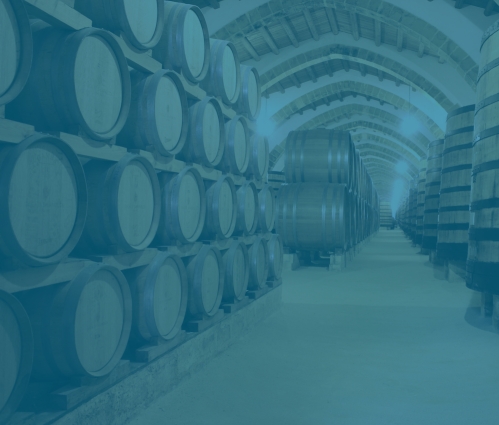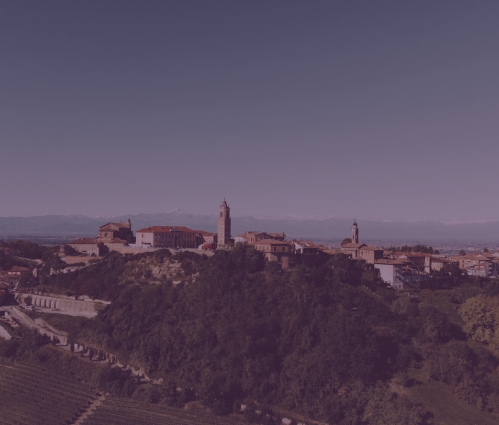- The common concept in fine wine investment has been that buying early (at release) often translates into the best possible price.
- The concept has its roots in Bordeaux’s En Primeur system but the principle has been challenged in the last decade.
- Ageing potential is important, but it is not the only factor in price performance.
Timing is crucial when it comes to almost every decision. While not all investments have a lifespan, some do – and fine wine is a prime example of a perishable good that evolves, peaks and declines in quality and value.
The common concept in fine wine investment has been that buying early or at release often translates into buying at the best possible (lowest) price. Recent Bordeaux En Primeur campaigns have worked against this principle. Individual wine indices, such as those on Wine Track also show that the price performance of a wine is driven by numerous factors beyond age. The value arc does not simply follow the life cycle of the product but responds to demand, critic scores, and brand popularity among other factors.
So, is buying early always the best investment? The answer, as we’ll see, is far more nuanced.
The origins of buying early: Bordeaux En Primeur
The concept of buying wine early has its roots in Bordeaux’s En Primeur system. Emerging in the post-war decades of the 20th century, it was designed to provide much-needed cash flow to châteaux, while offering buyers privileged access to top wines before they were bottled.
En Primeur still works broadly the same way today: buyers purchase wine in the spring following the harvest, while the wine is still ageing in barrel. Delivery follows one to two years later, once bottling has taken place.
For decades, this system benefitted both producers and buyers. Châteaux received upfront financing, while collectors and investors gained access to some of the most prestigious wines in the world at prices significantly lower than they would command once bottled.
The traditional promise of buying early
The original attraction of En Primeur was simple: buy early, secure allocations, and enjoy price appreciation once the wine is released to the wider market. In exceptional vintages like 1982, 2000, or 2005, those who bought early often saw spectacular returns.
For investors, the logic was straightforward:
- Scarcity effect: Once the wine left the château, supply only diminished as bottles were consumed.
- Pricing advantage: En Primeur pricing was historically lower than post-release retail.
- Access to top names: For blue-chip estates like Lafite, Latour, and Margaux, early purchases guaranteed allocations that might otherwise be difficult to secure later.
In these circumstances, buying early equates to buying smart.
When buying early backfires
The past decade, however, has challenged this principle. Several Bordeaux En Primeur campaigns, most notably in 2017 and even 2020, saw release prices set so high that early buyers struggled to achieve returns. In some cases, wines could be purchased at equal or lower prices a year or two after bottling.
The reasons are clear:
- Aggressive pricing by châteaux: A stronger global demand for fine wine has emboldened producers to set ambitious release prices.
- Market corrections: Economic slowdowns, global trade disruptions, and shifting consumer preferences have softened demand after release.
- Vintage variation: Lesser or more challenging vintages often lack the critical acclaim needed to sustain premium En Primeur pricing.
For investors, this has underscored the risk of assuming that ‘earliest means cheapest’.
What makes fine wine different from other assets
To understand why timing matters so much in wine investment, it’s important to recognise how wine differs from other asset classes:
- Finite supply: Unlike companies that can issue more shares, every bottle consumed reduces global availability.
- Physical lifespan: Wine matures and eventually declines; it is not a perpetual store of value like gold.
- Quality peaks: Different wines have different drinking windows, meaning investors must consider not just price but also maturity and market timing.
- Luxury demand drivers: Beyond fundamentals, fine wine is influenced by critic scores, branding, and even lifestyle trends among global collectors.
This blend of scarcity, perishability, and cultural cachet makes wine a unique – and uniquely complex – investment.
Beyond age: the real drivers of value
Ageing potential is important, but it is not the only factor in price performance. Modern wine indices and case studies reveal a more layered picture. Key drivers include:
- Critic scores: A 100-point rating from Robert Parker, Neal Martin, or William Kelley can send prices soaring overnight.
- Producer reputation: Estates like Domaine de la Romanée-Conti, Screaming Eagle, or Krug often outperform peers regardless of vintage quality.
- Market cycles: Broader economic forces, from currency fluctuations to tariff policies, can depress or lift wine prices.
- Brand popularity: Rising interest in regions like Champagne or Tuscany can create waves of demand that drive prices beyond what traditional models predict.
In other words, while time and age matter, they are not the sole determinants of performance.
When buying early makes sense
Despite these caveats, buying early can still be an excellent strategy under the right conditions.
- Exceptional vintages: En Primeur remains compelling in universally acclaimed years, where demand is strong and release pricing is competitive.
- High-demand producers: Cult estates with limited production – such as Château Lafleur in Pomerol or Domaine Leflaive in Burgundy – make early buying critical for securing allocations.
- Collector profiles: For those who value access as much as investment return, buying early provides peace of mind.
For these buyers, the combination of access, scarcity, and potential upside makes early purchase attractive.
Alternative timing strategies
If early purchase is no longer a guarantee of success, what are the alternatives?
- Back-vintage buys: Many investors now prefer to target wines once bottled and scored, when pricing stabilises and market sentiment is clearer.
- Diversification by region: Burgundy, Champagne, and Italy’s Super Tuscans increasingly offer opportunities outside the Bordeaux En Primeur cycle.
- Mixed approach: A blend of early allocations (for access) and carefully chosen back-vintage purchases (for value) often proves the most resilient strategy.
By broadening their scope and diversifying their portfolios with different regions and vintages, investors can reduce risk and capture opportunities across global markets.
See also: The best fine wines to invest in 2025
The role of La Place de Bordeaux today
It’s also worth noting that the traditional Bordeaux system has evolved. La Place de Bordeaux, the centuries-old distribution network, now offers not just En Primeur but also back vintages and non-Bordeaux icons such as Opus One, Masseto, and Almaviva.
These September releases are already bottled and ready to ship, offering global investors access to top wines without the risks of futures. In many ways, they reflect the modernisation of fine wine trading: access, liquidity, and global reach, without the same timing pressures as En Primeur.
The art of timing in investment
The idea that buying early is always the best investment belongs to another era. While there are still moments when buying at release delivers the greatest value, these are no longer guaranteed.
Fine wine is unlike any other asset: it is finite, perishable, and driven as much by culture and reputation as by supply and demand. Successful investors understand that while time is crucial, it is not the only variable.
The smart investor balances early buying in exceptional vintages with selective secondary market purchases, diversifies across regions and producers, and pays close attention to global demand trends.
WineCap’s independent market analysis showcases the value of portfolio diversification and the stability offered by investing in wine. Speak to one of our wine investment experts and start building your portfolio. Schedule your free consultation today.

